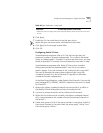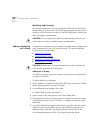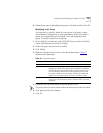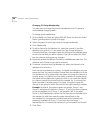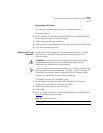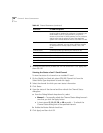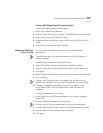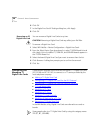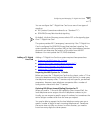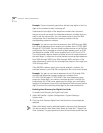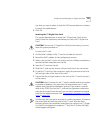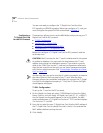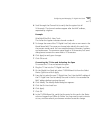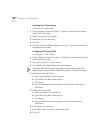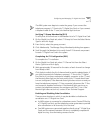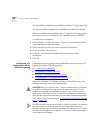
Configuring and Managing T1 Digital Line Cards 241
You can configure the T1 Digital Line Card to use one of two types of
signaling:
■ DS1 protocol (sometimes referred to as “Standard T1”)
■ ISDN PRI (Primary Rate Interface) signaling
By default, the Auto Discovery process selects DS1 as the signaling type
for a T1 Digital Line Card.
The system provides E911 (emergency) connectivity if the T1 Digital Line
Card is configured for ISDN PRI (Primary Rate Interface) signaling. The
system provides the calling number (ANI) so that the emergency services
personnel can determine the location of the caller from the E911
database. You must update the CO (PSAP) databases.
Adding a T1 Digital
Line Card
Adding a T1 Digital Line Card to a system requires these procedures:
■ Preparing the NBX System for T1 Cards
■ Ordering DID (Direct Inward Dialing) Services for T1
■ Enabling Auto Discovery for Digital Line Cards
■ Inserting the T1 Digital Line Card
Preparing the NBX System for T1 Cards
Before you insert the T1 Digital Line Card into the chassis, order a T1 line
from your telephone carrier and have them install the line. In some cases,
the telephone company offers T1 services only with specific, pre-defined
parameters. However, some telephone companies offer a number of
configuration choices with their T1 services.
Ordering DID (Direct Inward Dialing) Services for T1
When you order a T1 line with DID capability (Direct Inward Dial), the
local telephone carrier assigns a block of telephone numbers to you.
Usually, you can request a specific range of numbers, but sometimes the
carrier assigns numbers other than the ones you request.
You may be able to request that the local telephone carrier pass you a
specific number of digits for each incoming telephone call. Sometimes
the carrier does not offer any choice. In either situation, you need to
know how many digits the carrier passes.



